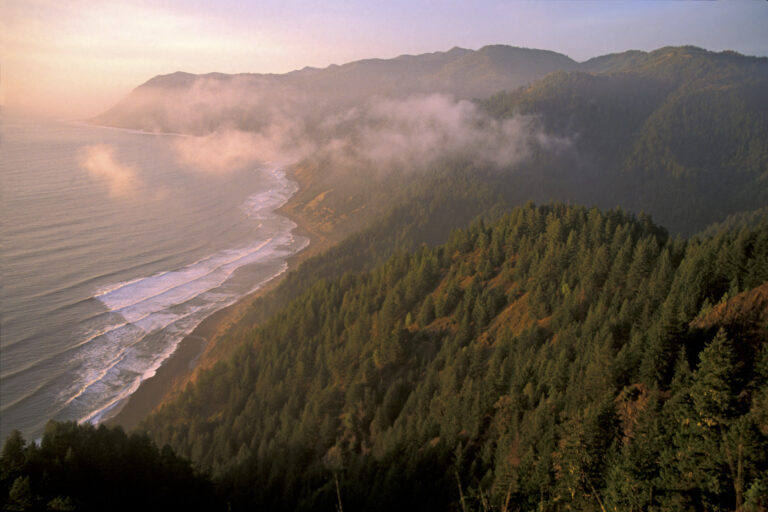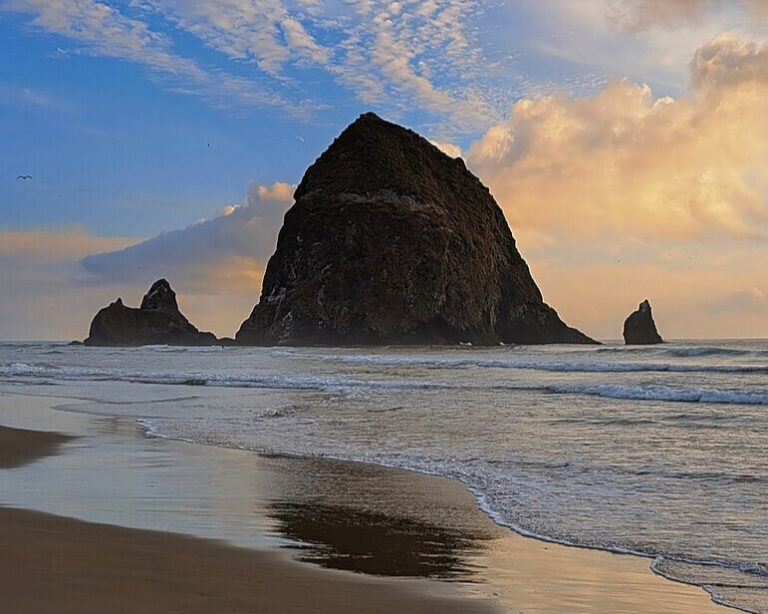Surface Ocean CO<sub>2</sub> Atlas (SOCAT) gridded data products
As a response to public demand for a well-documented, quality controlled, publically available, global surface ocean carbon dioxide (CO2) data set, the international marine carbon science community developed the Surface Ocean CO2 Atlas (SOCAT). The first SOCAT product is a collection of 6.3 million quality controlled surface CO2 data from the global oceans and coastal seas, spanning








